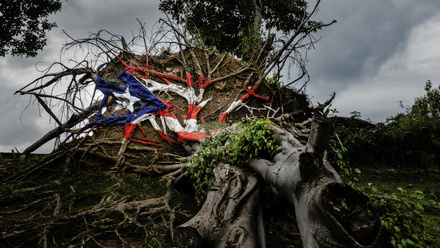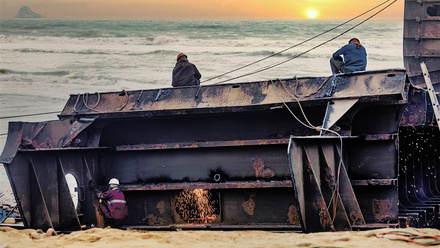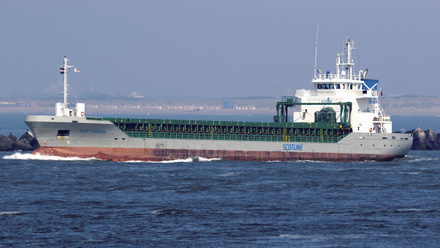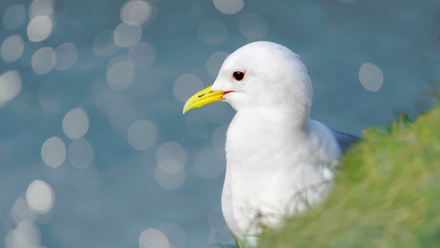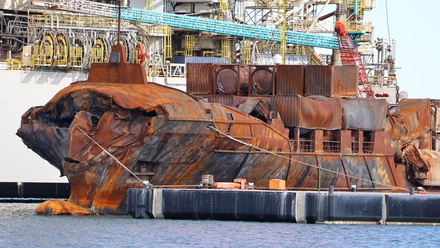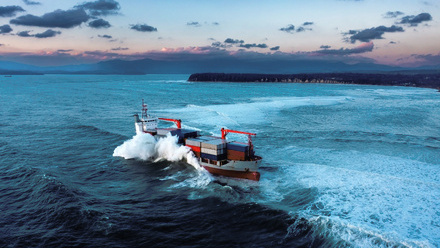Multiple failings resulted in Francis Scott Key Bridge tragedy
Initial findings on MV Dali’s collision with the Baltimore bridge point to other US structures that may be under threat.
In safety circles there is often reference to the ‘Swiss cheese model’. A cleverly planned contingency measure - represented in the metaphor by a cheese slice - could prevent the process by which a hazard becomes an accident. Only when the holes in each cheese slice align, namely when several different structural factors coalesce, can the worst happen.
The MV Dali allision with the Francis Scott Key Bridge in Baltimore might one day make it into textbooks as the perfect illustration of the Swiss cheese model in action. The ship left port in ‘unseaworthy condition’ according to the city of Baltimore; on approach to the bridge, it first threaded past the structure’s safety ‘dolphins’, the nearby bollards specifically designed to prevent impacts from ships; and it defeated the frantic attempts by crewmembers and pilots to turn and round bridge pier 17.
For its part, the bridge, built to an outdated specification, collapsed in a devastating way. Most tragically, authorities tried and failed to evacuate six construction workers, who were killed as a result. And according to the preliminary report, over 1000 structures could be similarly at risk in the US.
What happened on the runaway ship
On the afternoon of March 25, 2024, a crewmember was performing maintenance on the exhaust scrubber of diesel generator number 2, when he mistakenly closed an engine exhaust damper, blocking the exhaust. It stalled and sputtered out, tripping two breakers (HR2 and LR2) and causing a blackout. Generator 3 then fired up.
Once crew had manually closed the breakers, power was restored for a short time until insufficient fuel pressure caused generator 3 to fail as well, tripping another breaker (DGR3) and leading to another blackout. Fixing generator 2 by opening the exhaust damper, the crew switched to a different circuit, one that incorporated breakers LR1 and HR1, reasoning that LR2 and HR2 had been in use for some time.
This decision was an ill-fated one. Some ten hours later, as the vessel neared the bridge, breakers LR1 and HR1 unexpectedly tripped, causing a third blackout on the vessel. Critical systems - the main engine cooling pumps, and steering gear pumps, and bridge equipment, as well as lighting - shut down with it.
Unsupplied by the pumps, the main engine shut down around three ship-lengths from the bridge pier, leaving the propeller static, and with no possibility of reverse thrust. The rudder, too, was inoperable; moments later, the emergency generator had fired up. But with no propeller flow over the rudder, the ship could not turn as intended.
A minute after the last blackout, the senior pilot ordered the anchor to be dropped. While the vessel’s stern swerved to port, the bow turned towards pier 17. A fourth blackout triggered when two more breakers, DGR3 and DGR4, tripped. Moments later, the pilot ordered hard to port, but the damage was done. Less than a minute of drifting later, the vessel hit pier 17.
The bridge collapse
Unlike other bridge types such as the cable-stayed and cantilevered bridges, the Francis Scott Key Bridge was not designed with independent free-standing spans. Instead, it comprised beam sections close to the shore, and a continuous steel truss balanced on two central supporting pillars, necessary for the height required to allow vessels underneath.
Had any of the nine supports on either side of this central span been struck, their span of beam roadway would have collapsed, but the rest of the bridge would likely have remained standing.
Only the two central pillars, 17 and 18, were critical to the integrity of the entire structure. As pillar 17 collapsed, the bridge span held up by pillar 18 was levered away from it by the weight of the roadway on the northern side, collapsing both. The span held up by pillar 17 broke away from the southern beam section, leaving it standing, and crashed into the Patapsco River – and as it did so, wrapped a length of twisted steel girders over the bow of MV Dali, ensnaring it.
Noted in the National Transportation Safety Board (NTSB) report was the proliferation of hazardous material containers – some 56 -- situated at the exact position where the bridge fell onto Dali’s deck.
This is nothing new for container vessels carrying dangerous cargo, as experience dealing with ship-destroying fires has led to a loading configuration both away from accommodation, and on the outside edges of the stack, for ventilation.
Containers bearing a cocktail of hazardous chemicals, acids, flammable liquids, noxious solvents, and even lithium-ion batteries were crushed by the falling girders, but according to the Unified Command, the multi-agency taskforce concerned with cleaning up the aftermath, these, mercifully, did not pollute the river.
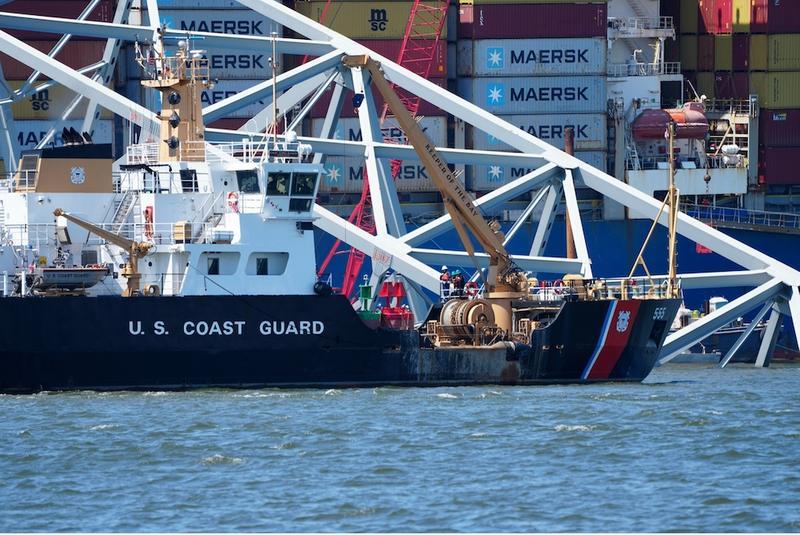
The aftermath and lessons learned thus far
After an intensive and costly salvage period, the last segments of the bridge were removed, and the Patapsco River was re-opened to all shipping in early June. A tangle of legal battles has initiated between the City of Baltimore, the FBI, the vessel’s owner Grace Ocean and manager Synergy Group, and other parties.
In its report, NTSB detailed how it is now embarking on a project to assess other bridges, including the Gov. William Preston Lane Jr. Memorial Bridge, whose eastern and western through-truss spans could be similarly vulnerable. Louisiana’s Calcasieu River Bridge is another prime candidate, but according to various criteria, there could anywhere between a dozen and several thousand US bridges under threat.
In practice, it is worth asking whether any human-built structure could be designed to withstand with the impact of a modern containership at any speed.
Noting that its investigation is still ongoing, the NTSB report concludes: “Planned areas of investigation include oceangoing vessels’ propulsion and electrical systems; the frequency and causes of vessel contacts with bridges over navigable waters; and bridge-strike mitigation measures such as a combination of vessel-size restrictions, vessel-assist tugs, and bridge-pier protection.”
Tell us what you think about this article by joining the discussion on IMarEST Connect.
Main image: Aftermath of MV Dali’s collision with Francis Scott Key Bridge; credit: Shutterstock.
Inline image: US Coast Guard attends the MV Dali accident site; credit: Shutterstock.

